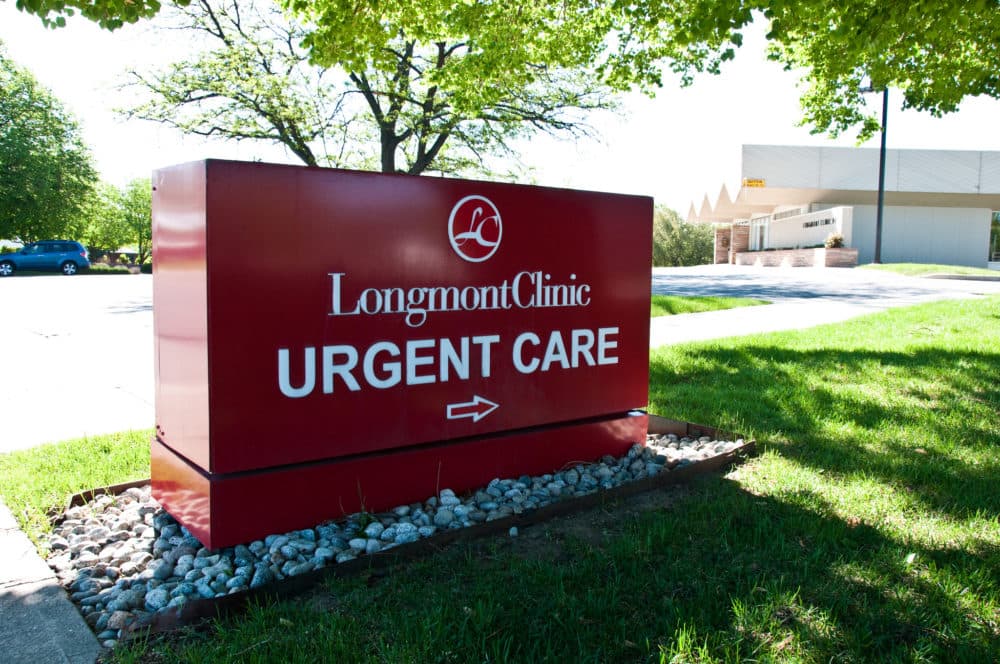
Throughout the past decade, free-standing emergency departments (FSEDs) have sprung up around Colorado. These for-profit or hospital-affiliated emergency departments combine full emergency services with the convenience of an urgent care clinic with the cost of a hospital visit.
A study released this week by the Center for Improving Value in Healthcare found that free-standing ERs have run up big bills for unsuspecting patients. (There is a map at this link, and you'll notice they are mostly in a ring around Denver, not in the city itself.)
In 2014, there were only nine free-standing ERs in the Front Range, according to the Denver Post. Even then, they faced the opposition of Colorado lawmakers who feared that they would drive up healthcare costs, both to consumers and to insurance companies.
Today, with 37 centers across Colorado and 20 operating in the Denver-metro area, the cost of care at one of these facilities can range anywhere from three to 10 times the price of services provided in an urgent care clinic.
For bronchitis or urinary tract infection care, for example, treatment costs $100 on average at an urgent care clinic. At a free-standing ER or hospital-based ER, these types of services can cost up to $980. For ankle sprains or strains, it’s $300 at urgent care versus $1,060 at an emergency department, according to the study.
None of those conditions are life-threatening according to the National Institute of Health’s guidelines. In fact, 30 percent of the top 10 reasons for ER visits — and 70 percent of those for free-standing ERs — are non-emergent, according to the study.
So why are patients choosing free-standing emergency departments?
Proponents say these facilities provide much needed proximity to emergency services and reduced wait times.
But critics say patients choose them out of confusion. A 9News investigation found that many patients who wandered into FSEDs for relatively minor reasons thought these facilities would be more affordable than hospitals.
The buildings are marked as emergency rooms, but patients are generally less educated about these free-standings ERs, the study revealed. And legislation to increase transparency has repeatedly failed.
So if your problem isn't a true emergency, make sure the facility says "urgent care," not "emergency." And ask for pricing up front.
Multimedia business & healthcare reporter Chloe Aiello can be reached via email at [email protected] or twitter.com/chlobo_ilo.
Subscribe to Denverite’s newsletter here.











